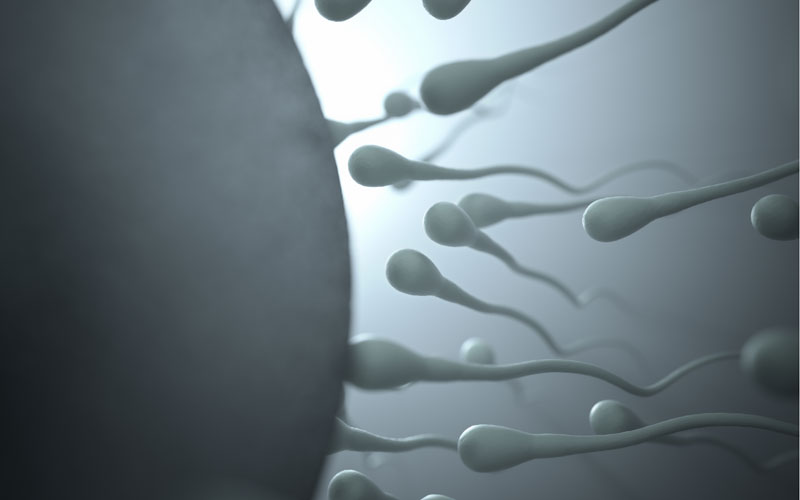
Risk factors in male fertility
20 October 2020
Reciprocal IVF, how does it work?
10 November 2020Fertility: stages of the menstrual cycle
From puberty to menopause, the menstrual cycle marks almost half of a woman's life.
A better understanding of the menstrual cycle helps to understand how the body prepares for pregnancy month by month. Therefore, we can adapt and improve the chances of conceiving a child, as we can detect any problems early.

How does the menstrual cycle work
Having a period means that two weeks before ovulation occurred. To get to that point, there are four successive phases: the follicular phase, ovulation, the progestational phase, and the menstrual phase. During the first period, oestrogens prepare the uterus. Later, during ovulation, the ovary expels eggs to progress to the uterus. In the next phase, a yellow body develops that secretes a hormone called progesterone, which prepares the uterus for conception. The uterus, now filled with blood supply and tissue, is ready for the implantation of the egg when it is fertilized. In each menstrual cycle, these physiological phenomena repeat themselves.
From day one to day fourteen, called the follicular or pre-ovulatory phase
The menstrual cycle begins on the first day of menstruation with the onset of bleeding, which lasts on average four days. In the case where fertility is non-existent, the hormonal level - dependent on progesterone - decreases suddenly and the vagina eliminates the superficial layer of the uterine lining, also called the endometrium.
The ovarian follicle, which is a small cavity on the surface of the ovary, grows and forms, producing oestrogens. As it grows, it pushes the ovarian capsule, reaching the end of the follicular stage: it reaches a considerable size, creating a structure known as a mature Graafian follicle. This follicle pushes excessively and is on the verge of bursting.

Ovulation and fertilization: the key stages before implantation
Ovulation usually occurs at the end of the follicular phase, around day 14. The Graafian follicle bursts and releases the ovum after maximum secretion of luteinizing hormone (LH). This reaction lasts 24 hours, and corresponds to the phase of release from the ovary. The fallopian tubes will trap the egg, where fertilization will take place. To do this, it will be necessary for one of the 200 million sperm from the father to reach the egg and successfully cross its wall.
Displacement of the ovum
From then on the zygote will form, measuring only tenths of a millimetre. At this moment, it begins its movement through the fallopian tubes towards the uterus, thanks to the movements of the same tube and its vibrant eyelashes. This migration lasts from three to four days, being six from fertilization. The process ends when the uterine cavity is reached

From day 15 to day 28: implantation is prepared
After ovulation, the ovary secretes one more hormone, progesterone. The uterine walls thicken and the blood vessels branch, preparing the lining for the embryo in the event of fertilization. If the latter occurs, the production of oestrogen and progesterone will continue, further thickening the uterine walls. Afterwards, the fertilized egg is implemented in the endometrium and there will be no menstruation. At this time, pregnancy begins, 6 days after ovulation.
A woman is particularly fertile on the days that correspond to ovulation, so effective monitoring of the menstrual cycle makes it easier to get pregnant. And we look forward to helping you get there!
A better understanding of the menstrual cycle helps to understand how the body prepares for pregnancy month by month. Therefore, we can adapt and improve the chances of conceiving a child, as we can detect any problems early.
